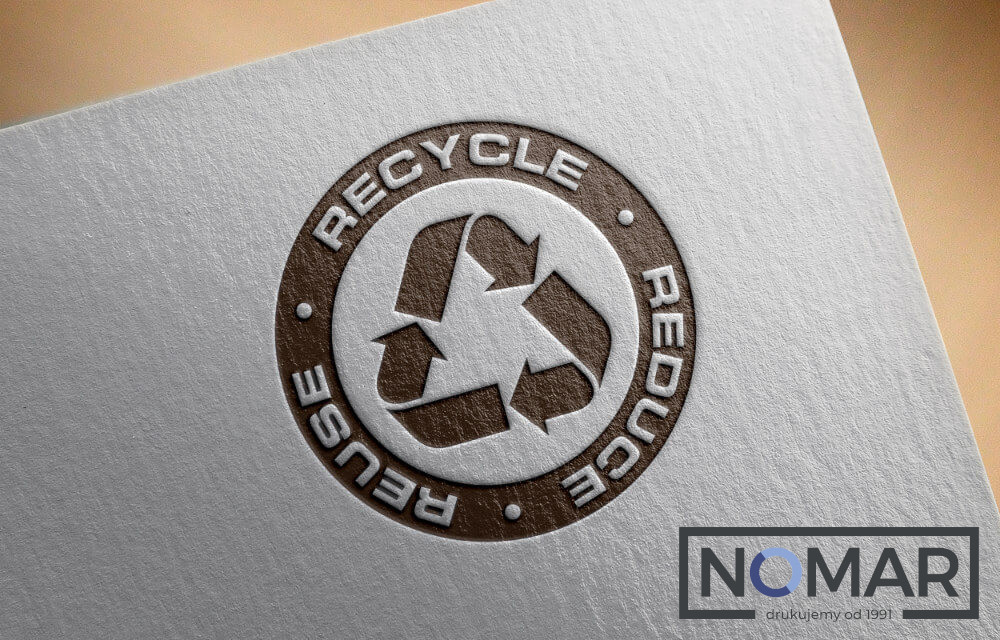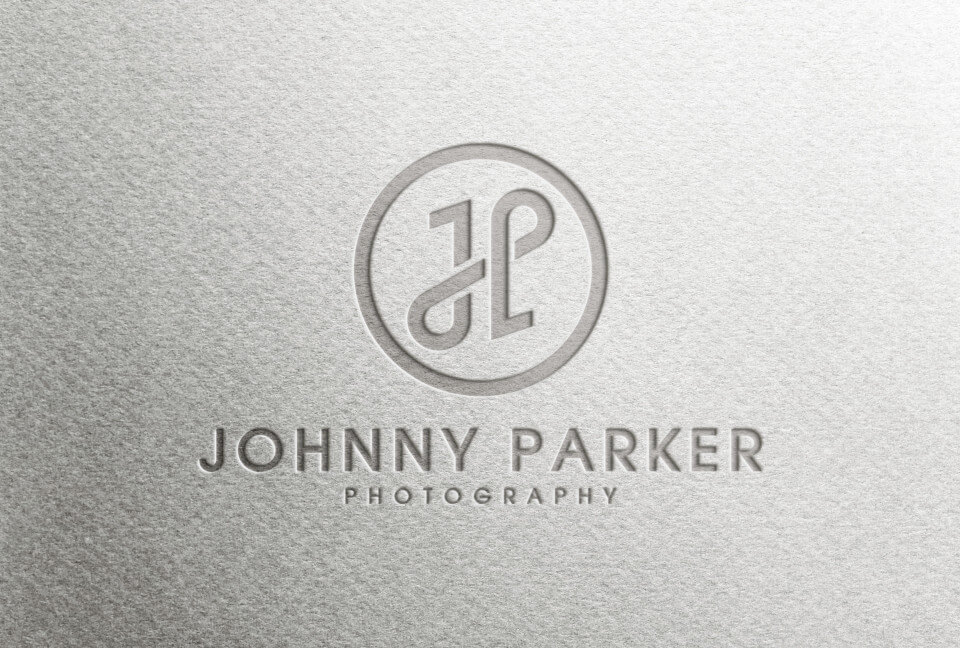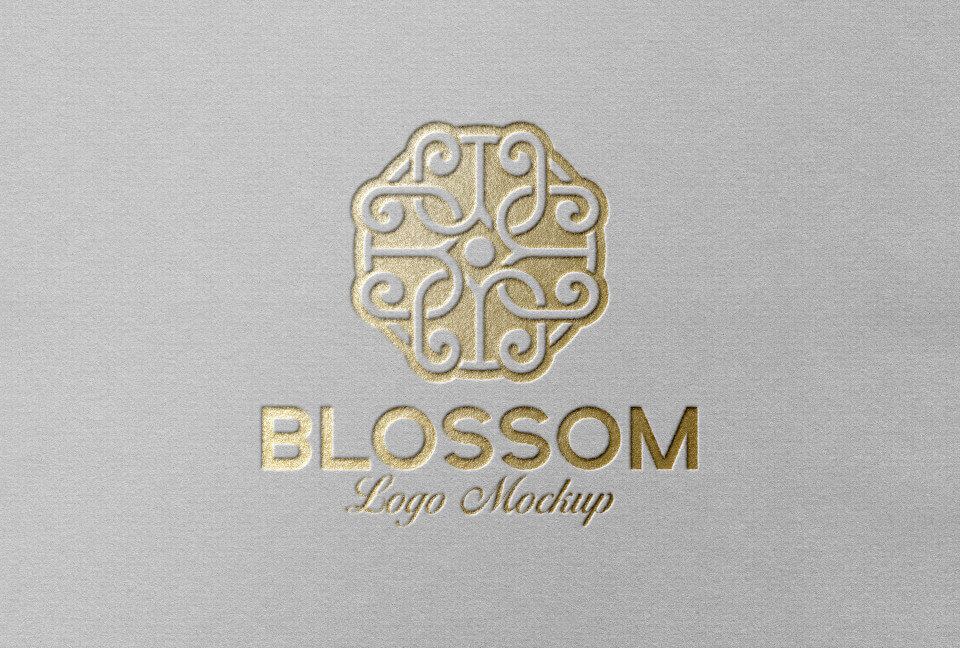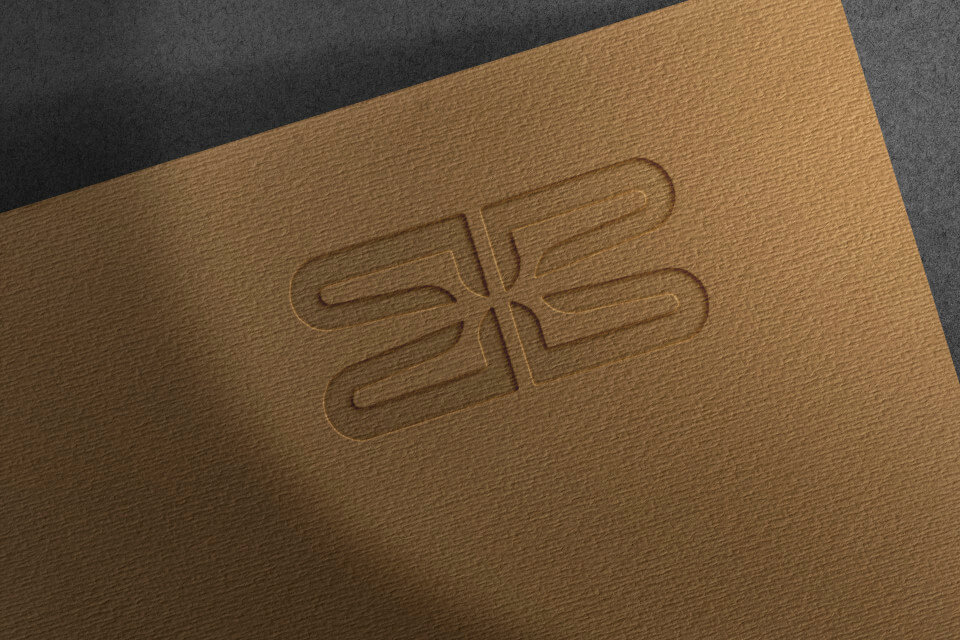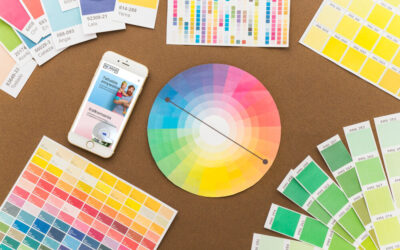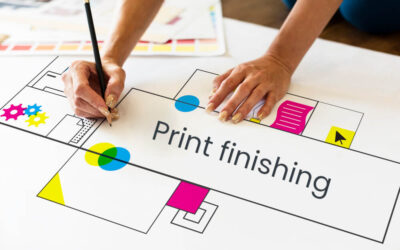Hot stamping is one of the most effective and elegant printing finishing techniques, which is widely used in polygraphy. It allows you to obtain clear, metallic or shiny elements that emphasize the unique character of the product. This technology plays an important role in the production of packaging, advertising materials, greeting cards, business cards, books and even documents secured against forgery. In this article, we will discuss what exactly hot stamping is, what are its advantages and disadvantages, and in which industries it is most often used.
What is hot stamping?
Hot stamping is a printing technique in which various patterns, inscriptions or graphics are applied to the printed surface using special matrices (stamps) and high temperature. This process involves transferring metallic, pigment or holographic foil to selected elements, which allows for obtaining a glossy, metallic reflection or other effect, depending on the type of foil used.
The classic hot stamping process uses:
1. Matrix – a specially made form that embosses a given pattern. It can be made of brass, magnesium or steel, depending on the needs.
2. Foil – a transfer material that is applied to the substrate under the influence of heat and pressure. It comes in various versions, from gold and silver, through colored, to holographic or pearl.
3. Substrate – the surface onto which the patterns are embossed, usually paper, cardboard, plastic or other printing materials.
4. Heat and pressure – key elements of the process. The matrix is heated to the appropriate temperature (usually from 100 to 150°C), then pressed against the substrate, which allows the transfer of the foil to the material.
Gallery
Below are some examples of hot stamping performed on paper and material, with and without the use of foil.
Types of foil for embossing
The type of foil used has a huge impact on the final visual effect. There are several main types of foil available on the market:
1. Metallic foils – the most common, used to achieve a glossy effect and a metallic look. The most popular colors are gold and silver, but others are also available, such as copper, blue or pink.
2. Pigment foils – foils dyed in various colors that do not have a metallic gloss effect, but give the surface a matte appearance.
3. Holographic foils – foils that create the effect of changing colors and patterns depending on the angle of light, often used for security purposes (e.g. on banknotes or credit cards).
4. Transparent and pearl foils – used to achieve a subtle gloss effect or a delicate finish.
Application of hot stamping
Hot stamping is extremely popular in various industries due to its aesthetic values and the ability to add prestige to products. It is most often used in:
1. Luxury packaging – premium brands often use hot stamping to emphasize the high quality of their products. Gold and silver elements on perfume, alcohol or cosmetic packaging are particularly popular.
2. Advertising materials – leaflets, folders, catalogues and advertising brochures with embossing attract attention and make these materials seem more exclusive.
3. Business cards – business cards with hot stamping are synonymous with prestige. Metallic inscriptions or logos immediately stand out against the background of ordinary, printed cards.
4. Greeting cards and invitations – hot stamping is often used on wedding invitations, birthday or holiday cards to give them a unique, elegant look.
5. Security prints – holographic embossing is used in the production of documents with a high level of security, such as passports, identification cards or banknotes.

Are you interested in working with us?
Go to the contact tab or
Advantages of hot stamping
Hot stamping has many advantages that make it one of the most popular print finishing techniques:
1. Impressive appearance – gloss and metallic finish attract attention and give the product an exclusive character.
2. Durability – embossed elements are resistant to abrasion and maintain their quality for a long time, even in difficult conditions.
3. Versatility – it can be used on a variety of substrates, from paper to plastics, which gives a wide range of applications.
4. Possibility of personalization – thanks to the matrices, you can create unique patterns, logos or inscriptions tailored to the customer’s needs.
5. Print durability – unlike some printing techniques, hot stamping is very durable, and the foil does not peel off or fade over time.
Disadvantages of hot stamping
Like any technique, hot stamping also has its drawbacks:
1. Costs – due to the need to prepare the matrix and use special machines and foils, hot stamping is more expensive than other print finishing methods.
2. Time-consuming – the process of preparing the matrix and the stamping itself is time-consuming, which can extend the order fulfillment time.
3. Lack of flexibility in low print runs – due to the preparation costs, hot stamping is less profitable for small print runs, which is why it is often used in mass production.
Summary
Hot stamping is one of the most prestigious print finishing techniques, which allows for the effect of gloss, metallic reflection and other refined finishes. Although it is an expensive and time-consuming technique, it gives an unforgettable visual effect that is appreciated by customers in many industries. From luxury packaging, through exclusive business cards, to secure prints – hot stamping is certainly one of the key tools for raising the prestige of polygraphy industry.

